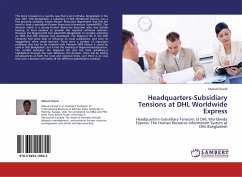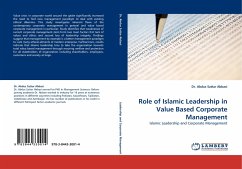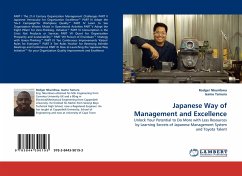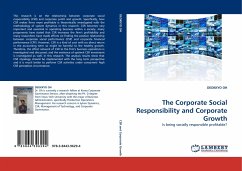In the past decades globalization has become one of the most discussed issues in the economic and managerial environment. The increased levels of internationalization of firms created the need for headquarters to formulate precise guidelines of how to manage such corporations regarding their strategic configuration, co-ordination and culture building, resources allocation, and administrative context setting. These four dimensions are used in this book to understand how the Roman Empire, the Medici Family and the Rothschild bank structured their relationships between headquarters and foreign units. Rome was the headquarters of a multinational organization called Roman Empire , which over two thousand years ago faced the challenge of how to conquer and administer the known world. The Medici family developed and managed a tight network of subsidiaries during the medieval period and the Rothschild bank serves as a current example of a corporation facing the challenge of coping with its subsidies all over the world. The book illustrates the four dimensions of coordination and control within multinational firms and discusses the contingencies of diverging approaches.
Bitte wählen Sie Ihr Anliegen aus.
Rechnungen
Retourenschein anfordern
Bestellstatus
Storno








